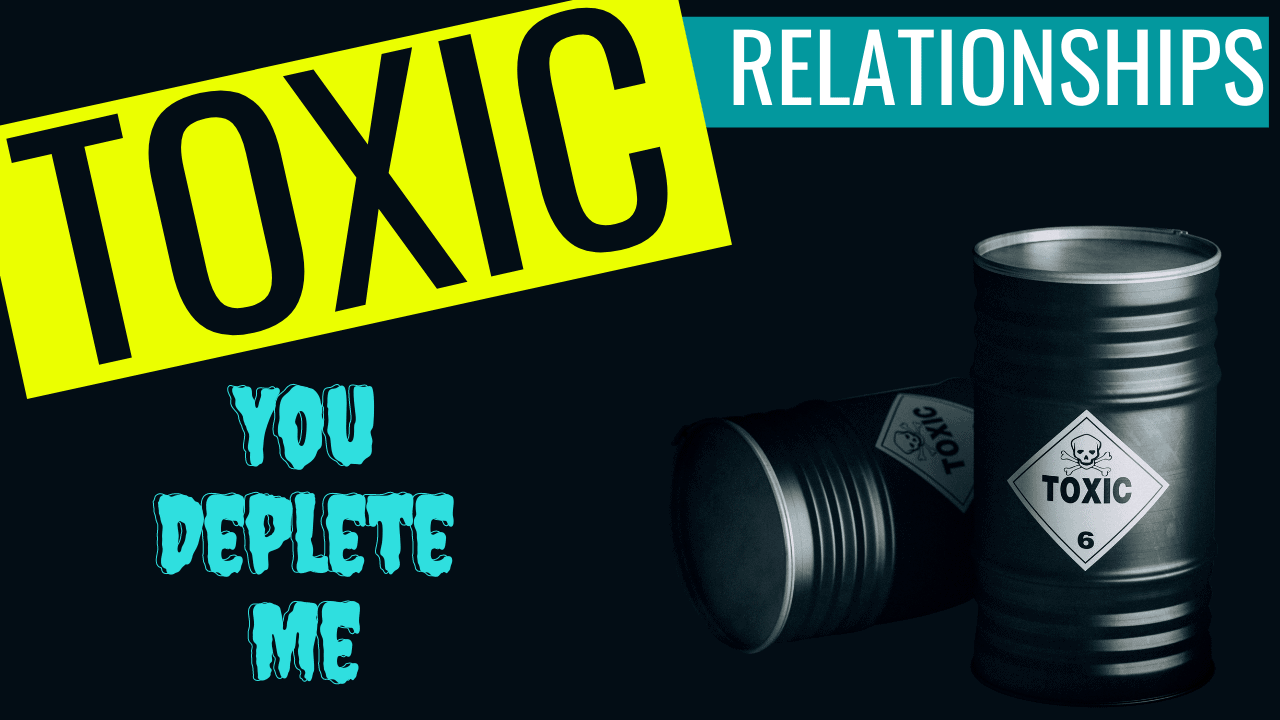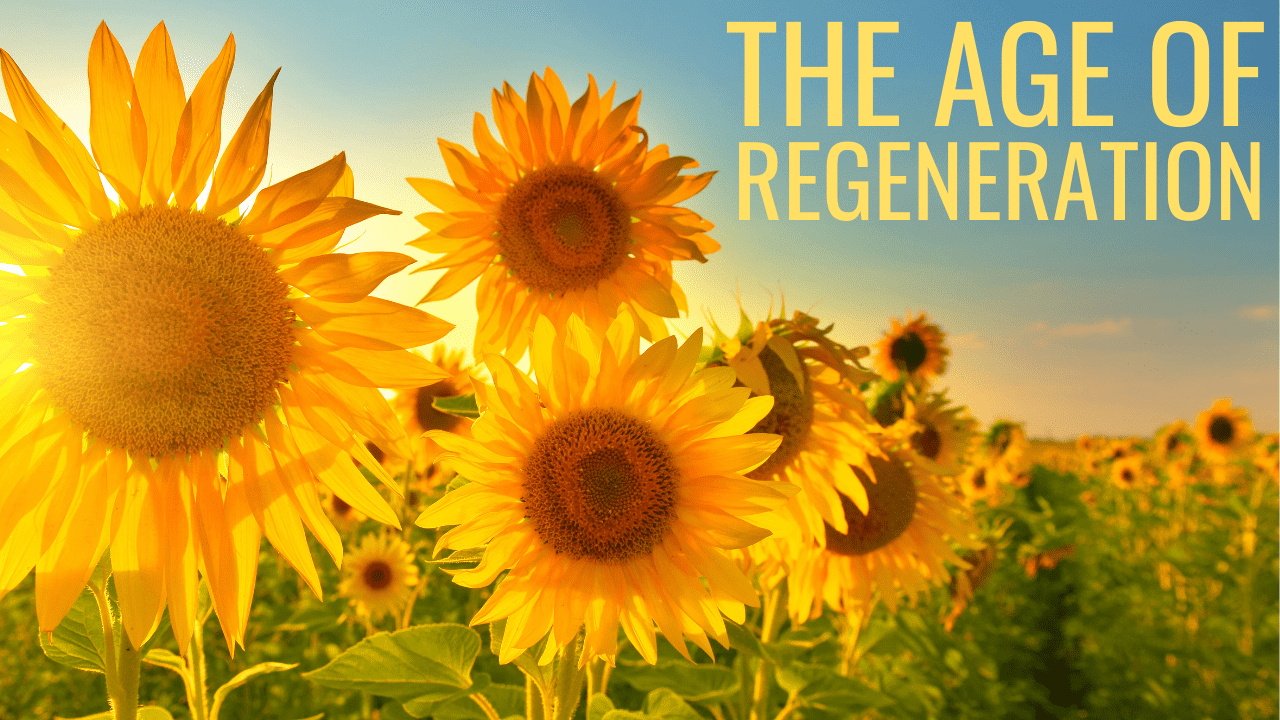There are a few universal truths we can all agree on: You will not be everyone’s cup of tea. We often confuse comfort with happiness. Thoughts can create delight or misery under the exact same circumstances. Personal freedom is worth the price. Futureman is the greatest series of the past decade. (Editor’s note: While not scientifically supported, this last truth is self-evident). When it comes to operational technology, it is a universal truth that replacing pen and paper with digital workflows improves accessibility, productivity, and security. This applies to every industry, everywhere.
Globally, digital adoption has taken a quantum leap at both the organisational and industry levels. COVID pushed organisations over the tipping point, transforming business forever. To stay competitive in this new business and economic environment requires new strategies and practices. Now almost every consumer action has largely shifted to a mix of contactless, frictionless, and cashless, including shopping for a car, at-curb pickup for almost any type of goods, and mobile payments through platforms like Venmo. COVID accelerated trends that were predicted to take place 10 years into the future.
The world of work is changing rapidly, and you need the right tools to change with it. As the global crisis forces your customers, employees, and supply chains into digital channels and new ways of working, now is the time to ask yourself: What are the bold digital actions we’ve hesitated to implement in the past, even though we knew they would eventually be required? Strange as it may seem, right now in a moment of crisis, is precisely the time to boldly advance your digital agenda. The message for business today has never been more clear: adapt or die. Now is the time for bold learning at scale. Cosmetic changes are no longer enough. And the question isn’t whether it will occur, but how.
“The last ten years of IT have been about changing the way people work. The next ten years of IT will be about transforming your business.”
— Aaron Levie
3 Accelerated Digital Business Trends
The future of work is more agile, decentralised, autonomous, cross-functional, and integrated than most organisations can currently imagine. Similar to the switch to digital terrestrial television in the naughties, that which is analogue must now be digitised. That which is manual must now be automated. That which is isolated must now be connected. That which is hidden must now be made visible. This changes everything – particularly workflow.
1. Pull-Based Workflow
The roles we fill at work are changing, too. As more teams are empowered to make more decisions, they will rely less and less on hierarchy for control. In this way, they will trend toward “pull-based” workflows. Rather than waiting for a manager to tell them what to do next, teams will seek out the most valuable work they can find – from their own backlog, a shared space, or simply by sensing and responding. This transition will lead to workflows that are an interconnected network of empowered people using the same system to get their work done. This will require a platform that can seamlessly connect every corner of the organisation to succeed.
2. Next-Gen Tools for Next-Gen Employees
Gen Z is the “learn anything” generation. Their entry into the workforce is forcing even more accelerated change. Gen Z has high tech expectations; they have only ever known a world in which everything they want to learn can be found on YouTube or Google. And as the first “no-code” hacker generation, they expect to customise, connect, and even create technology with very little technical background knowledge – just a willingness to dive in and bring their creations to life. Younger workers want intuitive tools that allow them the flexibility to work anywhere, anytime. To a generation raised on the iPhone, workplace experiences must go beyond being mobile-first to being mobile-only. As a result, the stark divide between seamless consumer technology and awkward enterprise software is becoming more obvious and less acceptable. Ultimately, the employee experience of the future will be shaped by and for these new roles and players. This means, the quality (or lack thereof) of the employee experience will continue to be a primary differentiator for anyone looking to attract top talent.
3. Software Shaping Behaviour
Amidst all the cultural change and demand for effortless, consumer-like work experiences, a rift is growing between IT and employees. It’s a showdown between old-school, centralised IT, and the demands of a workforce enlightened by a new paradigm. Here’s the thing: the legacy team is losing. When an organisation’s IT team stagnates, it renders itself irrelevant. If you are looking for a comfortable, familiar routine instead of opportunities to advance the organisation, IT is not for you. In a world where 90% of the world’s data was produced in only the past two years and disruptive technologies are released daily, there is no toleration for laziness or archaic thinking. Ingenious teams are setting up their own shadow Slack workspaces, Trello boards, WeChat, and ad-hoc tools with little or no blessing from IT. Built as singular tools with a specific purpose, these applications integrate easily with other tools outside enterprise platforms. This classic work-around enables teams outside of IT to build and maintain automated workflows of their own without all the rigmarole. In this way, we are seeing in real time the power of software shaping workplace behaviour.
Where software continues to reflect a project-management style, with layers of bureaucratic approval and compliance checks built in, the status quo will remain intact. However, teams that adopt new ways of working, on platforms that support digitised workflows to connect the entire enterprise, can move forward. When software defaults to transparency, supports networks and fluid teams, and enables users to their work the way they want to work, organisations can unlock meaningful change at scale. The message here is: show us your software, and we’ll tell you what kind of company you are.
“A “Hybrid” mind with both creativity and analytics can better adapt to a hybrid world.”
― Pearl Zhu
3 Hybrid Hacks for Harmony
Corporate culture has traditionally been defined by face-to-face interaction. We want to create and build with people we know and trust. In the past, those connections were forged in the office and by traveling to customer or partner sites, trade shows, or in-person workshops. As hybrid workforces take hold, there’s a danger of creating two separate employee populations and experiences. This kind of separation is counterproductive and likely to result in pockets of disengagement or exclusion. So how do we build trusting relationships in environments where some people meet in person while others engage remotely, maybe even from a different time zone? For us to reap the benefits of remote work, we must find ways to treat those who dial in from a distance as truly equal colleagues.
1. Leverage Collaboration Technology
Train your team to use collaboration technology inclusively and respectfully. For example, automated transcription, combined with artificial intelligence technology that pulls insights and action items, can allow everyone to participate in the discussion, instead of forcing one person to take notes. Structure meetings so that everyone has a chance to contribute. Intentionally talk about collaboration. Similar to a Youtube Live, encourage people to use the chat window to contribute thoughts if they prefer not to speak up.
2. Build Hybrid-Friendly Workflows
It’s easy to make decisions with those in our direct line of sight, so a healthy hybrid culture requires methods to include everyone in official and unofficial decision-making. The same goes for creating opportunities for visibility with senior leaders. Similar to your Telco agreement, workflows with measurable service level agreements could allow remote workers to stand out by virtue of the data-driven record of their work. In this way, managers know exactly who’s performing, regardless of where they are.
3. Digitise Process
In a hybrid world, processes that work when everyone is co-located may now be overly cumbersome or cause bottlenecks. It’s our responsibility to evaluate current processes (both formal and informal), document how work is done across the organisation, and look for ways to digitise workflows to allow for flexibility and efficiency for in-person and remote employees. For example, when rolling out a new application within a dispersed team, communicating testing results and approval for deployment through meetings only adds cycle time. If that same process is digitised, the workflow tracks approvals and results in real-time so the process can move forward without waiting for everyone to find a mutually available time to meet.
“No one has total vision of the future direction of their business, so speed, flexibility and the ability to fail fast all come in to play. Low code no code is changing the market.”
— Owen McKee
The Low-down on Low-code
Low-code and no-code tools have taken the world by storm. Suddenly, everyone is a developer! Anyone with an idea can use low-code to build applications. Your imagination is truly the limit to what you can create with low-code, and the market is expected to reach $13.8 billion this year. Currently, the dominant focus for low-code solutions is enabling faster application development by citizen developers. However, this barely scratches the surface of what we can create. The reality of low-code means organisations of all sizes can now achieve unparalleled time-to-value with existing talent. If you can think it, you can create it, from process automation apps to mission-critical systems modernisation, without incurring heavy costs. This means being about to deliver continuous improvements to end-users with engaging web, mobile, conversational, or immersive experiences. In this way, you can stay agile to respond quickly to changing business and customer needs. Basically, low-code solves the fundamental disconnect between what the business needs and what software was delivered.
“The shift is happening no matter how hard IT tries to block it”
— Trish Kennedy
Ohhh the Possibilities!
The next wave of low-code is an extension of low-code development. Rather than exclusively accelerating or simplifying the coding process, functional low-code will be embedded in enterprise software to enable more usable and customisable functionalities. These low-code solutions will allow anyone, regardless of coding experience, to gain control over their workflows and tools. Unlike the typical headaches associated with enterprise technology — days spent in training, thousands of dollars spent on customer support, only utilising some of the functionality, a separation of “process” and “productivity” — low-code tools will make it easier for every employee to configure technology to suit their skills, role and expertise.
Imagine your sales teams using low-code to build customised lead management tools. Rather than adjusting their processes to accommodate pre-packaged software, sales teams can create systems that optimise their individual workflow so they can focus on what they do best – close deals! Similarly, marketing teams can use the next generation of low-code to automate workflows around analytics, brand management and social media. This creates an integrated, adaptable strategy that’s tailored to your organisation’s prospects and industry.
“Its only purpose is to turn your business into a digitally integrated, audit-defying, silo-resistant object of their customers’ desire.”
— E. Scott Menter
Accelerating Innovation
As functional leaders consider opportunities to adopt low-code, a critical aspect is the opportunity cost of routine tasks or outdated processes. For whole-system transformation to happen, we must take care of the details – those little things that eat up time and energy. Your people are your most valuable asset. This means any time spent on pure process is wasted time and money. The billion-dollar question is: What’s the most innovative way every employee can spend their time at work?
Employees who engage in more meaningful work (use creativity in their work, collaborate, and take ownership of establishing workflows) are 69% less likely to change jobs in the next six months and remain in their roles an average of 7.4 months longer, according to a joint study between the Harvard Business Review and BetterUp. The survey also found that 90% of employees value meaning so much that they’d be willing to sacrifice a percentage of their lifetime earnings in exchange for greater meaning at work. These figures cannot be underestimated. Employees with more meaningful jobs worked an additional hour every week, took two fewer sick/annual leave days every year, and reported significantly greater job satisfaction. The domino effect of happier, longer-term, and more collaborative employees means organisations that prioritise meaningful work are better positioned to innovate and succeed in the competitive global economy.
The benefits of low-code are two-fold for employees: they have more control over their processes and reduce the number of routine tasks over time. This results in organisations that innovate at a high velocity.
“This ain’t no CASE tool – this is the future of AppDev.”
— Trish Kennedy
The Future of IT
The average enterprise spends 30% of its overall IT budget on software – a percentage that has continued to grow in recent years as trends like digital transformation and cloud adoption become more critical to remaining competitive. Leaders need to consider ways to maximise that investment, particularly for employees who are the end-users of enterprise software. App development has never been easier as more organisations embrace smart solutions and empower co-creation across the organisation. Right now you can build and deliver portable, scalable, and resilient applications without specialised expertise. Deploy anywhere in one click.
Great software solutions create immense value for the business. They can help organisations drive new revenue, enhance customer satisfaction, mitigate risks, cut costs, and more. The future of work looks like visually designed, context aware smart applications, that deliver exceptional user experiences across a range of touchpoints and modalities; end-to-end process automation with applications that bring people, data, and systems together, and integrated data and logic from any data source, system or service. The future of work never looked so beautifully streamlined, practical and elegant.
“In principle, there seems no evident reason why more advanced no-code solutions could not be applied to their own development, and eliminate the need for human coders altogether”
— Lewis Perelman
Digital Changes Everything
Automation may sound like the domain of developers, but it’s well within the reach of anyone with a free afternoon and an internet connection. Start with simple and high-value activities, and work your way toward the really interesting integrations. Intelligent automation has the potential to deliver great returns across the enterprise, no matter where people are working from. Approach processes deliberately, methodically, and strategically, and the benefits of intelligent automation will go far beyond just the digitalisation of manual processes. Every automation project is a strategic opportunity to evaluate processes from a digital perspective, with an eye to enhancing business outcomes and ROI. Our robot overlords may be faster and smarter but there is one thing they will never be able to do: create. The ability to create is your superpower. And in your creating, you may be surprised at how effectively automation allows you and your colleagues to spend more time exploring, exhibiting, and expanding our shared humanity.
You have the power to influence what you create in your life. Inside of you is the creative power to change the world and to find elegant solutions to the challenges facing humanity today. Give from your abundance. Some people have an abundance of time, others wisdom, and others financial resources. We can ask ourselves what do I have of plenty and give that. Look around your life and see what you have a lot of and give it away. It’s enlivening!
“No matter how dirty your past is, your future is still spotless.”
– Drake
70% Off. Use Code: POWERNOW21






